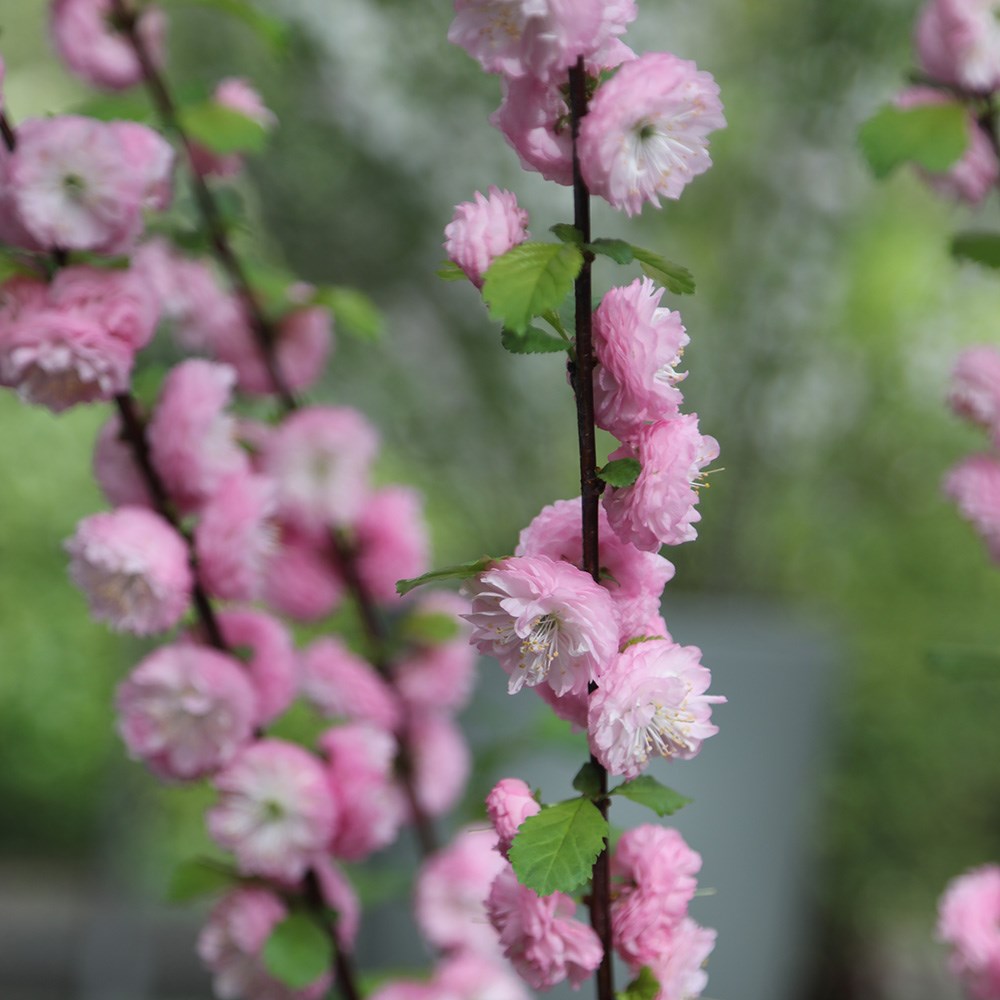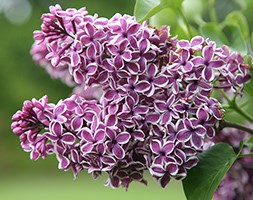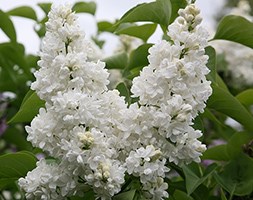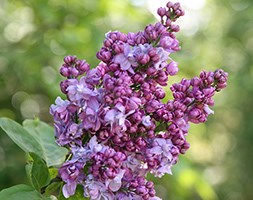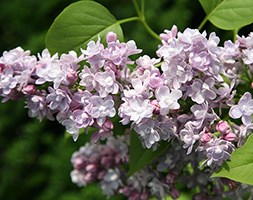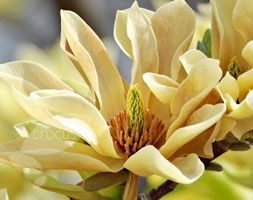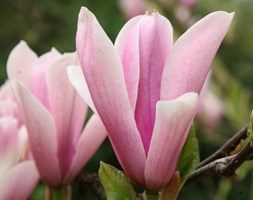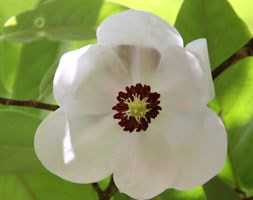Price reductions at Crocus
by Sarah - March 31st, 2014.Filed under: Crocus, Price Reductions.
Crocus reduced the price on these products today
Lilium ‘Tiger Woods’ (oriental lily) was £2.49 now £1.99
Position: full sun Soil: well-drained soil enriched with leaf mould or a loam-based potting compost, such as John Innes no2 Rate of growth: average Flowering period: July to August Flower colour: rich pink and white Other features: excellent cut-flowers Hardiness: fully hardy Lavishly speckled and streaked petals form large (up to 15cm across), highly scented flowers in midsummer. These look magnificent in the border and if cut will fill your home with their perfume. An elegant and eye-catching lily that performs well in the garden. Garden care: Lilies can be planted at any time from early autumn, to mid-spring. Planting in autumn often helps them settle in and become better established before they start to put on their new spring growth, but spring planting is a better option if your soil is heavy and wet during winter. Choose a sunny spot, preferably where the plant receives a little light shade at its base, and plant each bulb 15-20cm (6-8in) deep in a well-drained soil, enriched with well-rotted organic matter or leaf mould. Space them at approximately 30cm (12″) intervals and provide support before the flowers appear. Deadhead the faded blooms promptly and cut the dead stems back to ground level at the end of autumn.
Prunus triloba (flowering almond) was £14.99 now £12.99
Position: full sun or partial shade Soil: moist, well-drained fertile soil Rate of growth: average Flowering period: April Hardiness: fully hardy This plant has several seasons of interest throughout the year, so it makes it a great choice for the smaller garden. It is a piucture in early spring, when its bare branches are laden with clear pink bowl-shaped flowers. These are soon followed by rich green leaves, which have a slightly paler reverse, and later still (from midsummer to autumn rounded red fruits appear. Naturally bushy in habit, it can be trained as a small tree over time, and where space is at a premium, it will also make an ideal wall shrub if the old flowering shoots are pruned back immediately after the flowering has finished. Garden care: When planting incorporate lots of well-rotted garden compost in the planting hole and stake firmly. Prune old flowering shoots immediately after flowering
Syringa vulgaris ‘Sensation’ (common Lilac) was £19.99 now £14.99
Position: full sun Soil: fertile, humus-rich, well-drained soil Rate of Growth: average Flowering period: May and June Flowers: purple red and white flowers Other features: heart shaped, dark green leaves Hardiness: fully hardy The single, rich purple-red flowers of this rare lilac have a distict white edge to each petal creating a beautiful bi-colour effect. They are highly fragrant and appear in great trusses in late spring when they will fill the air with their sweet scent. Ideal for wildlife-friendly gardens, these much-loved shrubs can also be trained to form small trees. Garden care: In mid summer remove the faded flower heads carefully using secateurs to avoid damaging the young shoots. Apply a generous 5-7cm (2-3in) mulch of well-rotted garden compost or manure around the base of the plant in early spring.
Syringa vulgaris ‘Madame Lemoine’ (common Lilac) was £16.99 now £14.99
Position: full sun Soil: fertile, humus-rich, well-drained soil Rate of Growth: average Flowering period: May and June Flowers: white Other features: heart shaped, dark green leaves Hardiness: fully hardy Dense panicles of marvellously fragrant, double white flowers in May and June and heart-shaped, fresh-green leaves. This elegant white lilac is perfect for a sunny mixed or shrub border. Growing a late-summer flowering clematis through the branches is a good way of enhancing the shrub after it has flowered . Garden care: In mid summer remove the faded flower heads carefully using secateurs to avoid damaging the young shoots. Apply a generous 5-7cm (2-3in) mulch of well-rotted garden compost or manure around the base of the plant in early spring.
Syringa vulgaris ‘Charles Joly’ (common Lilac) was £16.99 now £14.99
Position: full sun Soil: fertile, humus-rich, well-drained, neutral to alkaline soil Rate of Growth: average Flowering period: May and June Flowers: dark purple Other features: heart shaped, dark green leaves Hardiness: fully hardy Dense clusters of fragrant, double, dark purple red flowers in May and June and heart shaped, dark green leaves. This dramatic, dark purple lilac makes an excellent backdrop for a sunny mixed or shrub border. The plant copes well with alkaline soils, an important factor when planting ground recently cleared of builders’ rubble. Garden care: In mid summer remove the faded flower heads carefully using secateurs to avoid damaging the young shoots Apply a generous 5-7cm (2-3in) mulch of well-rotted garden compost or manure around the base of the plant in early spring.
Syringa vulgaris ‘Katherine Havemeyer’ (common Lilac) was £16.99 now £14.99
Position: full sun Soil: fertile, humus-rich, well-drained, neutral to alkaline soil Rate of Growth: average Flowering period: May and June Flowers: lavender blue Other features: heart shaped, dark green leaves Hardiness: fully hardy Dense clusters of wonderfully scented, double, lavender blue flowers from purple buds in May and June and heart shaped, mid green leaves. This pretty, spreading lilac makes an excellent backdrop for a sunny, mixed or shrub border. Mulch each year in early spring and avoid pruning young plants, except to remove unproductive or diseased wood. Garden care: In mid summer remove the faded flower heads carefully using secateurs to avoid damaging the young shoots. Apply a generous 5-7cm (2-3in) mulch of well-rotted garden compost or manure around the base of the plant in early spring.
Magnolia ‘Butterflies’ (magnolia) was £29.99 now £19.99
Position: full sun or partial shade Soil: moist, well-drained, acidic soil Rate of growth: average Flowering period: April to May Hardiness: fully hardy Green-flushed, yellow, slender-petalled, cup-shaped flowers, which open widely as the flowers mature to reveal red stamens, appear on this hybrid before the leaves emerge in spring. This beautiful small tree or large shrub, makes a spectacular specimen for the spring garden, especially when underplanted with seasonal flowering bulbs. Try to plant it where you can take full advantage of the scented flowers. Garden care: Requires minimal pruning. Remove any broken, diseased or crossing branches in midsummer. The best time to plant is in April, adding plenty of peat to the planting hole, in a sheltered spot. Mulch in spring with manure and leafmould, especially on dry soils.
Magnolia ‘Heaven Scent’ (magnolia) was £24.99 now £19.99
Position: full sun or partial shade Soil: moist, well-drained, acidic soil Rate of growth: average Flowering period: April to June Hardiness: fully hardy A mid- to late spring flowering, deciduous magnolia with an upright habit when young, later spreading. The goblet-shaped, fragrant blooms are flushed with pale pink on the outside, and appear from mid spring to early summer, avoiding most frosts. This magnolia is compact and therefore one of the best available for the small garden. Garden care: Plant in a sheltered spot, away from strong winds. Requires minimal pruning. Remove any broken, diseased or crossing branches in midsummer. The best time to plant is in April, adding plenty of peat to the planting hole, in a sheltered spot. Mulch in spring with manure and leafmould, especially on dry soils.
Magnolia wilsonii (magnolia) was £39.99 now £34.99
Position: full sun or partial shade Soil: moist, well-drained soil, preferably neutral to acidic, but it is tolerant of moist, alkaline soils too Rate of growth: average Flowering period: April to June Flower colour: pure white Hardiness: fully hardy This deciduous magnolia will produce its pendant, cup-shaped flowers later than many of the other spring flowering types, but they are definitely worth waiting for. They appear in late spring on reddish-purple shoots and seem to glow like large, lit lanterns amongst the felted green foliage. When viewed from below the contrast between the pure white petals and dark crimson stamens is breathtaking in its simplicity. Its practical appeal lies in its ability to be trained as a small tree as well as a larger, multi-stemmed shrub. Garden care: Requires minimal pruning. Remove any broken, diseased or crossing branches in midsummer. Mulch in spring with manure and leafmould, especially on dry soils.








